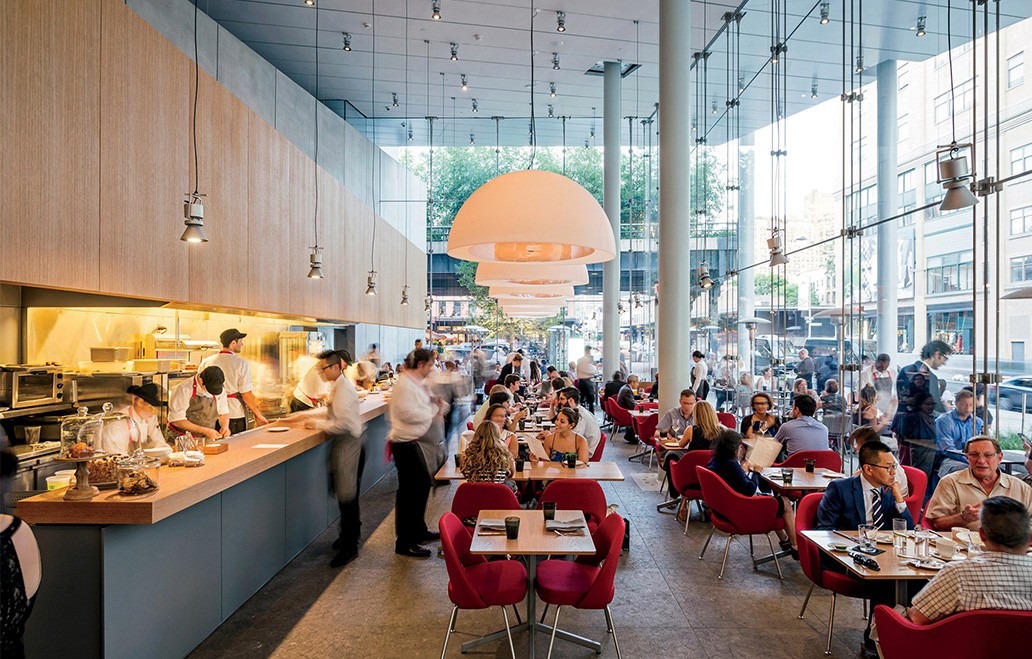The art of managing orders effectively in a restaurant involves much more than simply taking and delivering orders. It encompasses a series of interconnected activities that determine the overall customer experience and efficiency of the restaurant operations. Effective order administration is key to ensuring customer satisfaction, reducing wait times, minimizing errors, and maintaining high-quality service. In today’s restaurant environment, where customer expectations are higher than ever, excelling in order administration is a significant determinant of a restaurant’s success.f
Order Administration in Restaurants
Order management in restaurants is a comprehensive process that begins the moment a customer glances at the menu and extends beyond the point of meal consumption. It involves receiving the orders accurately, ensuring that the kitchen staff is promptly and correctly informed, managing meal preparation, and delivering the order to the customer efficiently. A streamlined order administration process not only ensures a smooth operational flow but also enhances the customer dining experience, leading to repeat business and customer loyalty.
Adopting the Right Order Administration System
The choice of an order administration system is critical and should be tailored to the specific needs of a restaurant. Factors such as the restaurant’s size, customer base, and menu complexity play a significant role in determining the appropriate system. For instance, a small café might require a basic system, while a large fine dining restaurant may need a more sophisticated solution with advanced features. The right system not only streamlines operations but also reduces order-related errors and improves overall restaurant efficiency.
Integrating Technology for Smoother Operations
Leveraging technology is crucial in modernizing the order administration process. Implementing solutions such as advanced POS systems, mobile ordering apps, and kitchen display systems can significantly enhance the speed and accuracy of the order process. A POS system can effectively integrate order taking, billing, and payment processing, while mobile apps offer customers the convenience of placing orders directly from their smartphones. Kitchen display systems help in efficiently managing kitchen operations, ensuring that orders are cooked on time and according to the customer’s specifications.
Training Staff for Optimal Order Handling
The effectiveness of an order administration system largely depends on the staff’s proficiency in using it. Adequate training is essential for ensuring that the restaurant staff can utilize the system to its full potential. Training should cover all aspects of the system, including order entry, processing, kitchen communication, and billing. Regular training sessions can help the staff stay updated with new features and functionalities, leading to improved service efficiency and reduced order-related errors. Well-trained staff are more confident in handling the system, which reflects positively on the overall customer service.
Analyzing Order Data for Business Insights
Modern order management systems provide valuable data that can be analyzed to glean insights into customer preferences, peak order times, and popular menu items. This data is instrumental in making informed decisions regarding menu adjustments, marketing strategies, and resource allocation. For example, understanding peak order times can help in staff scheduling and inventory preparation, ensuring the restaurant is well-equipped to handle busy periods. Analyzing order trends can also aid in identifying the most popular dishes, which can then be highlighted or promoted to boost sales.
Enhancing Customer Interaction through Personalized Service
In addition to adopting technological solutions, personalizing customer interactions can significantly elevate the order administration process. Personalization involves understanding individual customer preferences and tailoring the service accordingly. This could include remembering regular customers’ favorite dishes, offering customized meal recommendations, or providing special attention to customers with dietary restrictions. Implementing a customer relationship management (CRM) system can aid in tracking customer preferences and order history, enabling staff to offer a more personalized experience. Such attention to detail not only delights customers but also fosters a sense of loyalty and connection to the restaurant. Personalization in service goes beyond mere efficiency; it creates an emotional bond with customers, encouraging them to return and recommend the restaurant to others. By integrating personalized service into the order administration process, restaurants can differentiate themselves in a competitive market and build a reputation for exceptional customer care.
Conclusion
Effective order management is at the core of a successful restaurant operation. By adopting a suitable order administration system, integrating the latest technological tools, providing comprehensive staff training, and analyzing order data for insights, restaurants can significantly enhance their operational efficiency and customer service. These strategies not only streamline restaurant operations but also play a crucial role in building a satisfied and loyal customer base.
